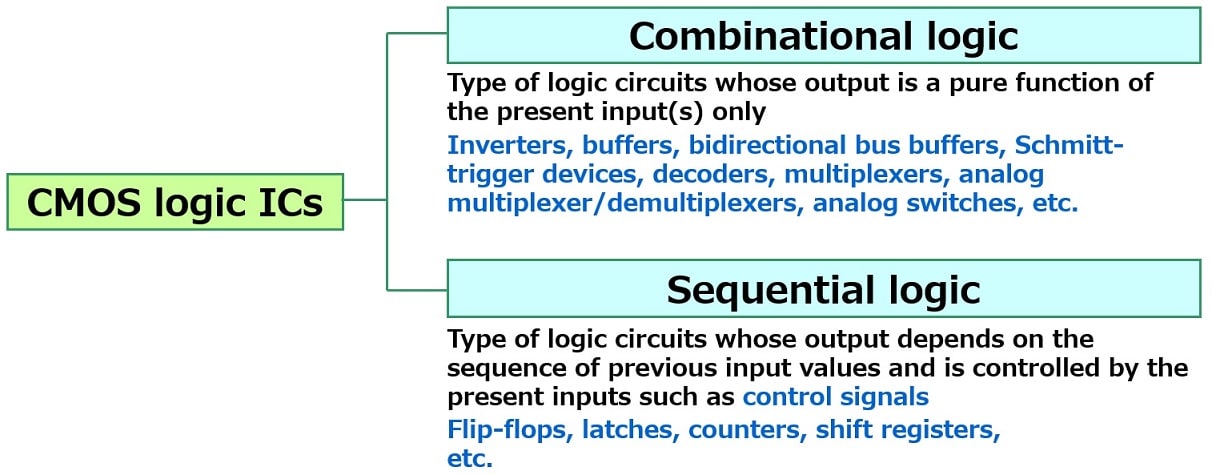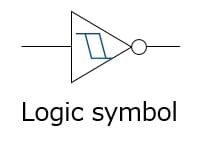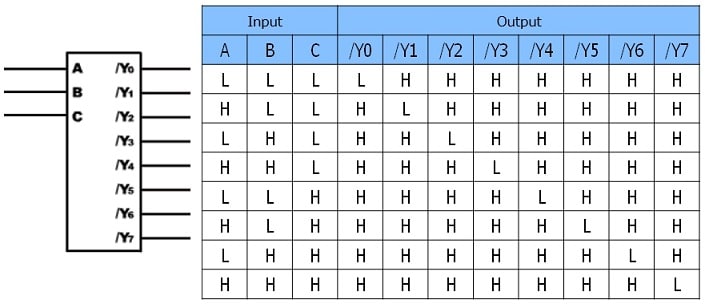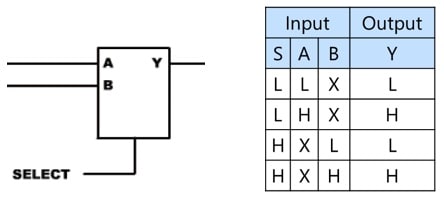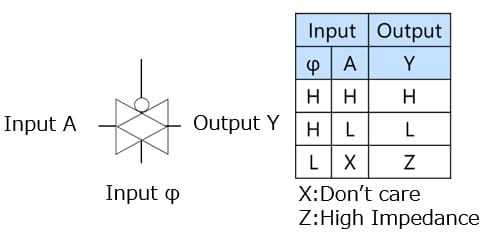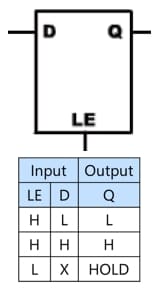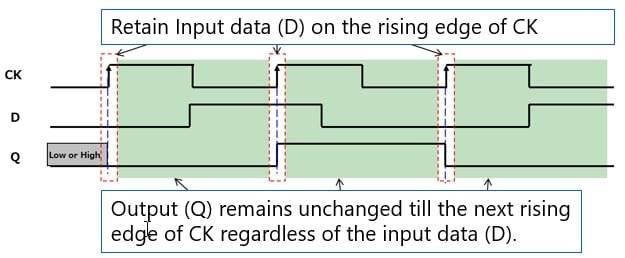- General Top
- SEMICONDUCTOR
- STORAGE
- COMPANY
-
My ToshibaSemicon
- Semiconductor Top
-
ApplicationsAutomotive
Body Electronics
xEV
In-Vehicle Infotainment
Advanced Driver-Assistance Systems (ADAS)
Chassis
IndustrialInfrastructure
BEMS/HEMS
Factory Automation
Commercial Equipment
Consumer/PersonalIoT Equipment
Healthcare
Wearable Device
Mobile
Computer Peripherals
-
ProductsAutomotive Devices
Discrete Semiconductor
Diodes
Transistors
Logic ICs
Analog Devices
Digital Devices
Wireless Devices
※
: Products list (parametric search)
Power SemiconductorsSiC Power Devices
※
: Products list (parametric search)
Isolators/Solid State RelaysPhotocouplers
Digital Isolators
Solid State Relays
Fiber Optic Transmitting Modules
※
: Products list (parametric search)
MOSFETsIGBTs/IEGTsBipolar Transistors※
: Products list (parametric search)
Diodes※
: Products list (parametric search)
MicrocontrollersMotor Driver ICsIntelligent Power ICs※
: Products list (parametric search)
Power Management ICsLinear ICs※
: Products list (parametric search)
General Purpose Logic ICsLinear Image SensorsOther Product ICsOther Product ICs
※
: Products list (parametric search)
-
Design & Development
Design & Development
Innovation Centre
At the Toshiba Innovation Centre we constantly strive to inspire you with our technologies and solutions. Discover how to place us at the heart of your innovations.
-
Knowledge
Knowledge
Highlighted Topics
Further Materials
Other
- Where To Buy
- Part Number & Keyword Search
- Cross Reference Search
- Parametric Search
- Stock Check & Purchase
This webpage doesn't work with Internet Explorer. Please use the latest version of Google Chrome, Microsoft Edge, Mozilla Firefox or Safari.
require 3 characters or more. Search for multiple part numbers fromhere.
The information presented in this cross reference is based on TOSHIBA's selection criteria and should be treated as a suggestion only. Please carefully review the latest versions of all relevant information on the TOSHIBA products, including without limitation data sheets and validate all operating parameters of the TOSHIBA products to ensure that the suggested TOSHIBA products are truly compatible with your design and application.Please note that this cross reference is based on TOSHIBA's estimate of compatibility with other manufacturers' products, based on other manufacturers' published data, at the time the data was collected.TOSHIBA is not responsible for any incorrect or incomplete information. Information is subject to change at any time without notice.
require 3 characters or more.
Sequential Logic: Shift Registers

Shift registers
Examples: 74VHC164, 74VHC165
Shift registers can be configured for serial-parallel (SI-PO) or parallel-serial (PI-SO) conversion.
Parallel-serial conversion helps reduce the number of transmission lines (i.e., transmission bit width). Some shift registers have the CLR input that is used to initialize the internal state to a known value.
The following shows the logic symbol and truth table of a shift register.
A shift register is composed of multiple flip-flops.
Operation of a shift register
The following describes the operation of a shift register using a logic schematic and a timing diagram. A shift register is composed of a cascade of flip-flops in which the output (Q) of each flip-flop is connected to the data (D) input of the next flip-flop in the chain.
A serial input (SI) is applied to the data (D) input of the first flip-flop. The data from SI are latched on the rising edge of the clock (CK) and appear at QA. With four clock pulses, the data from SI are transferred to the fourth flip-flop. As a result, the serial input (SI) is converted to parallel output data appearing at QD, QC, QB, and QA.
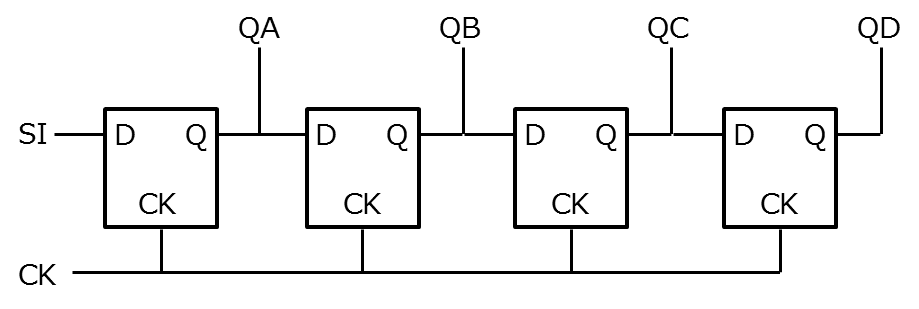
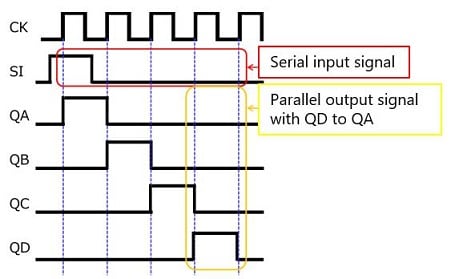
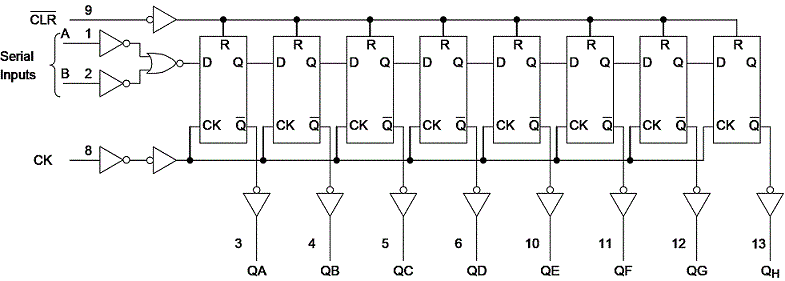
Types of shift registers
Logic schematic of the 74VHC164 eight-bit SI-PO shift register

Logic schematic of the 74VHC165 eight-bit PI-SO shift register
There are serial-in/parallel-out and parallel-in/serial-out shift registers.
- Prev
- 12/12
Chapter3 Basic CMOS Logic ICs
Products
Related information
- Application Notes
- FAQ


